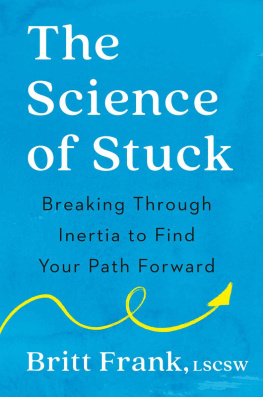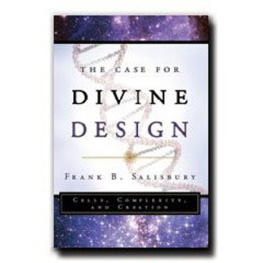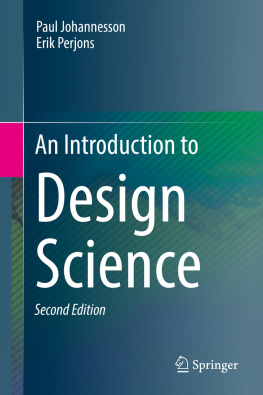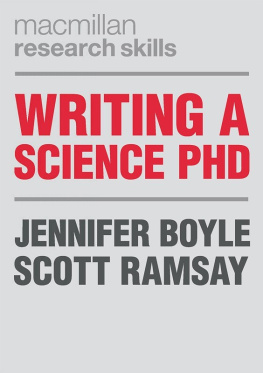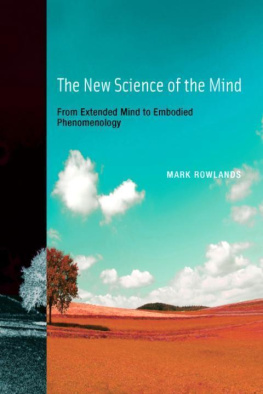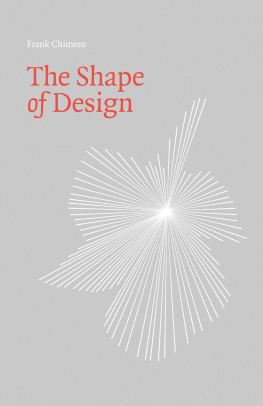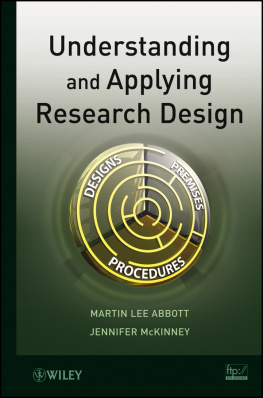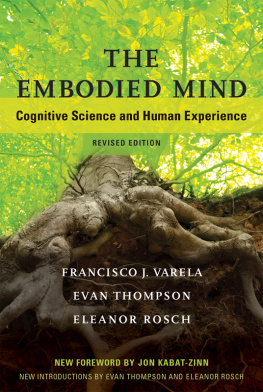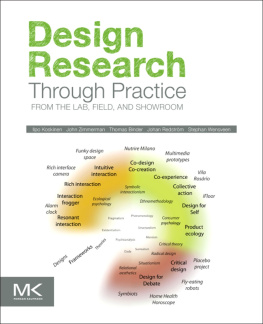
THE ART AND SCIENCE OF EMBODIED RESEARCH DESIGN
The Art and Science of Embodied Research Design: Concepts, Methods and Cases offers some of the nascent perspectives that situate embodiment as a necessary element in human research. This edited volume brings together philosophical foundations of embodiment research with application of embodied methods from several disciplines.
The book is divided into two sections. Part I, Concepts in Embodied Research Design, suggests ways that embodied epistemology may bring deeper understanding to current research theory, and describes the ways in which embodiment is an integral part of the research process. In Part II, Methods and Cases, chapters propose novel ways to operationalize embodied data in the research process. The section is divided into four sub-sections: Somatic Systems of Analysis, Movement Systems of Analysis, Embodied Interviews and Observations, and Creative and Mixed Methods. Each chapter proposes a method case: an example of a previously used research method that exemplifies the way in which embodiment is used in a study.
As such, it can be used as scaffold for designing embodied methods that suits the researchers needs. It is suited for many fields of study such as psychology, sociology, behavioral science, anthropology, education, and arts-based research. It will be useful for graduate coursework in somatic studies or as a supplemental text for courses in traditional research design.
Jennifer Frank Tantia is a somatic psychologist and dance/movement therapist in New York City, USA. She has taught embodied research at several universities in the United States, and guest lectures internationally.
With this volume, Jennifer Tantia continues her extended efforts to weave together what began half a century ago as a widespread and often competitive collection of brilliant healers, craftspeople, therapists, and visionaries into a community focusing on shared models of public education, professional trainings, and research-grounded theories. Dr Tantia has played a difficult and crucial role, facing a number of practitioners who often resist what they see as the intrusions of critical thinking into their personal views of their works. She has worked skilfully over a number of years to show that without collaborative and critical research, our works are confined to a small population of people who have the money and leisure to profit from them. Her support of reflective thinking about these works, and her gathering of the thoughtful people in this and other volumes, to these new modes of healing and transformation opens the doors to the public access now accorded to biomedicine and certain approaches to psychotherapy.
Don Hanlon Johnson, Professor of Somatics, California Institute of Integral Studies, USA
The concept of embodiment has been sadly underrepresented in research methodologies to date, possibly due to the challenges it might bring to traditional researchers. These chapters serve to explore rationales for addressing embodiment in both quantitative and qualitative research paradigms helping to provide a platform for future researchers to build their proposal. I congratulate the editor Dr. Jennifer Tantia and all the authors, for this much-needed contribution to research methodology
Professor Helen Payne, PhD, UKCP Reg. Psychotherapist and ADMP UK Reg. Dance Movement Psychotherapist
This volume restores much needed embodied intimacy to ways of knowing that are full of texture and meaning.
Les Todres, Emeritus Professor, Bournemouth University, UK
This latest volume continues to successfully unpack embodiment as a conceptual frame for research. The carefully curated chapters powerfully add to a growing literature that places experiencing at the very heart of understanding the bodys own logic without negating other forms of data. This practical and rigorous volume is a must-read for students, somatic practitioners and researchers.
Kevin Krycka, Associate Dean of Arts and Sciences, Professor of Psychology, Seattle University, USA. Chair, Gendlin Center for Research
Applications of embodied research are still novel and require discernment, even for those who know something about knowing through and with the body. The book brings together the many conceptualizations of embodiment and presents an array of approaches. The thought provoking collection of cases invites the reader to explore their nuances and learn to communicate nonverbal discoveries.
Tomoyo Kawano, Director, Dance/Movement Therapy Program at Antioch University, USA
First published 2021
by Routledge
2 Park Square, Milton Park, Abingdon, Oxon OX14 4RN
and by Routledge
52 Vanderbilt Avenue, New York, NY 10017
Routledge is an imprint of the Taylor & Francis Group, an informa business
2021 selection and editorial matter, Jennifer Frank Tantia; individual chapters, the contributors
The right of Jennifer Frank Tantia to be identified as the author of the editorial material, and of the authors for their individual chapters, has been asserted in accordance with sections 77 and 78 of the Copyright, Designs and Patents Act 1988.
All rights reserved. No part of this book may be reprinted or reproduced or utilised in any form or by any electronic, mechanical, or other means, now known or hereafter invented, including photocopying and recording, or in any information storage or retrieval system, without permission in writing from the publishers.
Trademark notice: Product or corporate names may be trademarks or registered trademarks, and are used only for identification and explanation without intent to infringe.
British Library Cataloguing in Publication Data
A catalogue record for this book is available from the British Library
Library of Congress Cataloging-in-Publication Data
A catalog record has been requested for this book
ISBN: 978-1-138-36707-4 (hbk)
ISBN: 978-1-138-36708-1 (pbk)
ISBN: 978-0-429-42994-1 (ebk)
Typeset in Bembo
Taylor & Francis Books
Visit the eResource: www.routledge.com/9781138367081
This book is dedicated to my students
CONTENTS
List of figures
List of tables
Alice Ladas
Robyn Flaum Cruz
Michael Changaris
Helena Dahlberg
Ann Weiser Cornell and Barbara McGavin
Jennifer Frank Tantia
Rae Johnson
Aaron Freedman and Wolf Mehling
Susan Grossman
Glenn Hartelius
Karolina Bryl
Silvia B. Birklein
Karen Bradley
Tara Woodyer
Gill Westland
Jennifer Frank Tantia
Rosemarie Anderson
Rae Johnson with Rebecca Morgan, Jessica Pink, and Masha Mikulinsky
Beatrice Schlee and Mone Welsche
Gudrun Lange, Nicole Hartmann, Marianne Eberhard-Kaechele and Sabine C. Koch
Rosa-Maria Rodrguez-Jimnez and Manuel Carmona
Since 1956, I have been advocating for research in Body Psychotherapy. After failing to persuade one body psychotherapy group to establish research awards, I joined the United States Association for Body Psychotherapy, who named their annual research award after me. Good research was conducted and published but limited to body psychotherapy publications. I wanted that to change if my dream that every nurse, psychologist, psychiatrist and other type of health care practitioner learn how to include the body along with words as part of their work. It is finally beginning to happen today because of our better understanding of the brain, but there needs to be a new understanding of the body in order for the work of body psychotherapy to be recognized.





